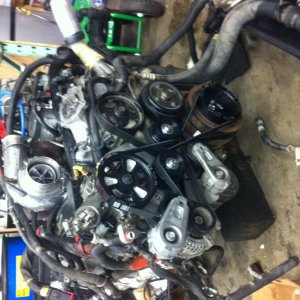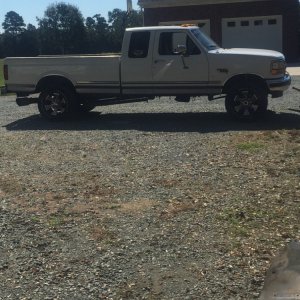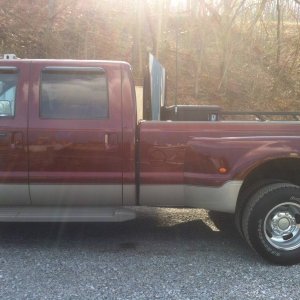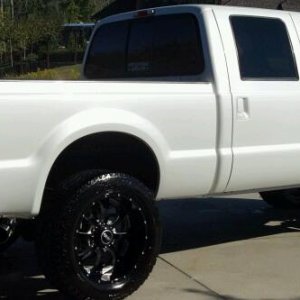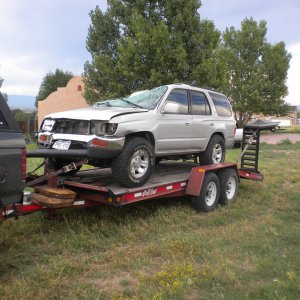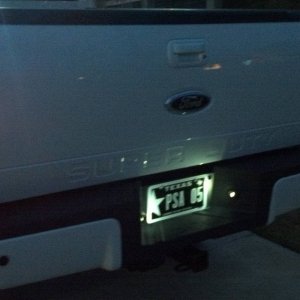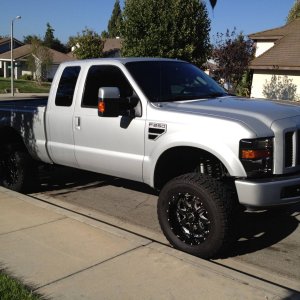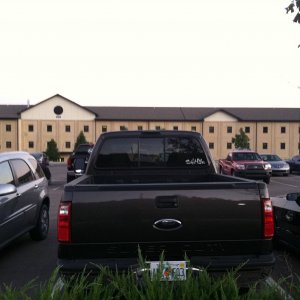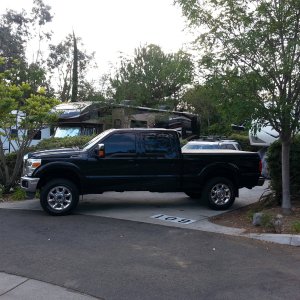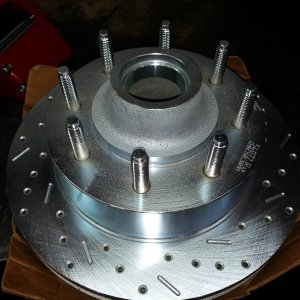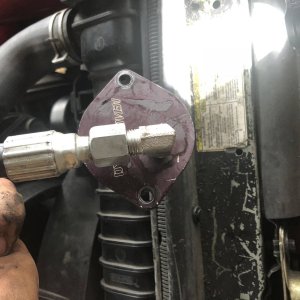I've studded one 08, and about to do a '10 for a buddy, so I need to figure out a reasonable way to stay away from the crack.
Thinking about this a little bit, and trying to figure out a solution for those of us DD under the 1000hp mark I've got an idea based purely on memory, conjecture and some logic thrown in. Experts please feel free to shoot holes, or support.
First- The torque rating assigned to a particular stud is enough so that the stud is in its "elasticity" range, meaning that is is stretched just a tad so that a clamping force is maintained. Something like a 250,000(or whatever the number is) PSI spring. Typically size of a bolt determines torque value, given leeway for mettalurgy of said bolt.
The point I make is the bigger the bolt, the higher the torque rating will have to be for it to work correctly. Too low of torque for the bolt, and it will not "spring" causing loss of clamping ability.
It's pretty obvious by now that these blocks cannot handle 300lb-ft of tq. 250 has got to be getting pretty close to too little for the M16 stud to work right.
Since these are the same blocks as the 6.0 and those have not had any cracking problems, would it be possible to
A- Helicoil all the holes back to the M14 size stud for the 6.0 with a 265 TQ spec and make a spacer for the heads, or
B- Helicoil just the known weak holes back to M14 6.0 stud?



